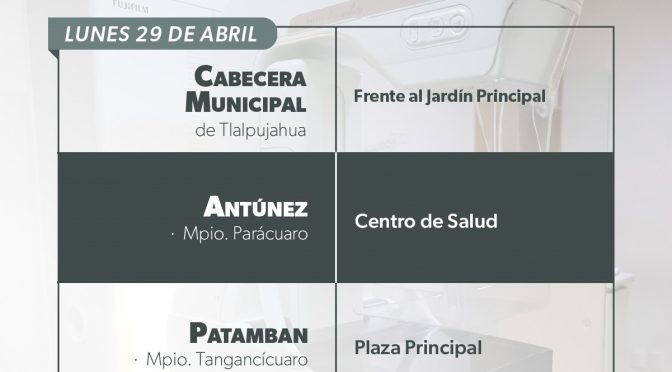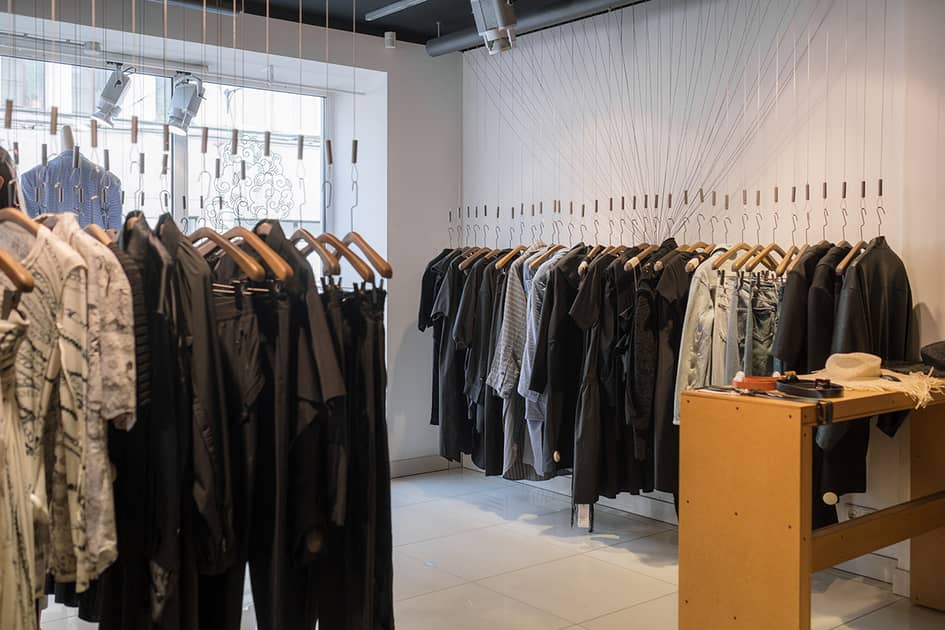Continuing with this exercise for 2023, in connection with which, from the same business organization, they have already warned about the uncertainties that may arise from the electoral processes that will eventually take place throughout the year, from the National Retail Fashion Association Acotex, just published the sales record Estimated compiled by the retail sector in Spain, during the last month of April. The period during which they put the sector’s recovery at +5.4 per cent increase, however, they warn of a misleading effect, as a result of inflationary tensions that end up being transferred to the final selling price of products.
Thus, taking into account the record carried out monthly by the business organization on the sales of fashion and accessories that occur within the retail landscape of Spanish companies, during the month of April, the billing levels for the sector managed to rebound by +5.4 percent. The percentage reached, in what was the evolution of the sector throughout 2023, to anticipate the second lowest rise of the year, confirming a zigzag behavior that started with an increase of +9.9 per cent in January, driven by the sales record obtained during the sales period, to decrease from there to + 5.8 percent recorded in February; to +4.2 percent in March; And finally to this +5.4 percent in April. A development that ends with the sector leaving, on a year-on-year basis, recording a cumulative growth of +6.4 percent.
Despite the fact that with these figures in hand it can be recognized that the sector is in extraordinary health, it is only necessary to look back to finish verifying that it has not even been able to recover all the ground it lost after the outbreak of the pandemic. The moment after which the fashion retail sector in Spain ends by signing the fiscal year 2020 with an accumulated decline of -39.8 percent, to which is added the decline of -13.1 percent recorded during the fiscal year 2021, which has already been compensated for in the fiscal year. 2022 with sales up +13.8%. Leaving, as we continue to see, retail sales as a whole are close to -39.1 percent, still below pre-pandemic levels, all while you have to go out to try to counter the general increase that has occurred in costs.
They noted from Acotex that “April sales” increased by +5.4 percent compared to 2022, an exercise during which they were able to recover by +10.8 percent, and that in the case of a record-setting year in 2021 during which they saw a decline of -30.2 percent, based on over the month of April 2020 during which it fell to -80.5 per cent. Thus, the “annual accumulation” ends at +6.4 per cent, reflecting a sector that “continues an upward streak, with slight increases in sales, although this is true, somewhat higher than the previous month”.
Increase in billing levels, not in units sold
Trying to analyze in more detail this slight increase in veins recorded in April, from the same business organization, they emphasized that this increase would not assume a greater number of garments sold, but rather a direct result of the inflationary tensions that have been experienced in general since the end of the pandemic. A general increase in costs, which was eventually reflected in an increase in the selling price of fashion items and accessories.
“The increase in sales in April is mainly due to the good weather, probably very good,” as what will be a “summer advance campaign,” causing “less spring clothing to sell,” which would be better for retailers, they analyze from Acotex. . “Looking at the spring/summer season,” they add, “we are optimistic,” in light of the fact that “the sector continues to rise and is still recovering from pre-pandemic numbers.” However, they warn, “it must be borne in mind that these increases in sales are also due to the fact that through an increase in the cost of raw materials, energy costs, etc.,” these increases “have been converted into PVP,” and therefore they are “an increase in in billings,” but “it’s not a significant increase in units sold.”

“Beeraholic. Friend of animals everywhere. Evil web scholar. Zombie maven.”

/cloudfront-us-east-1.images.arcpublishing.com/eluniverso/YFBMOB6RIFBJ7EVX7F4FOQMQPA.jpg)

:quality(85)/cloudfront-us-east-1.images.arcpublishing.com/infobae/YB64VL2YN5E5BFTHJIG4M7QUUE.jpg)



More Stories
This is the list of the richest people in the world for the year 2024, according to Forbes magazine
Employment in the fashion industry continues to decline in the first quarter of 2024
Companies will continue to pay less dividends to the Treasury in 2023 than before the financial crisis